Spice Up Your Life with Spanish Shrimp: A Flavor-Packed Journey
If you’ve ever tasted Spanish shrimp, you know it’s not just a dish—it’s an experience. The aroma of smoked paprika, the sizzle of garlic in olive oil, and that unmistakable tingle of heat from a pinch of chili—this is where Mediterranean sunshine meets fiery flavor. Whether you're a pro chef or a home cook with a love for bold tastes, this article will guide you through everything you need to know about this beloved staple of Global Spice Traditions.
Table of Contents
- What Exactly Is Spanish Shrimp?
- The Spice Breakdown: What Makes It Sing?
- Top 5 Tips & Tricks for Perfect Spanish Shrimp
- How the World Has Made It Their Own
- Is It Healthy? Oh Yes!
- Pairing Suggestions That'll Blow Your Socks Off
- Common Mistakes (and How to Avoid Them)
- Cooking Methods: Pan vs. Grill vs. Skillet Showdown
- A Bit of History Behind the Dish
- FAQ: Got Questions? We've Got Answers!
- Conclusion: Ready to Spice It Up?
What Exactly Is Spanish Shrimp?
Spanish shrimp, known in Spain as "Gambas al Ajillo" or "Gambas al Pil-Pil", is a classic Spanish dish that highlights the natural sweetness of shrimp while bathing them in a richly spiced oil infused with garlic, paprika, and sometimes chili flakes.
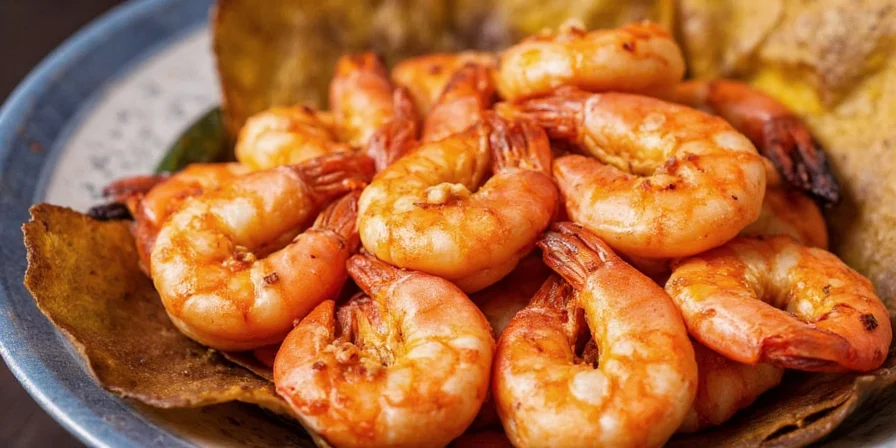
It's usually served as a tapa (appetizer) but can easily be the star of a full meal when paired with crusty bread, rice, or even a fresh salad.
The Spice Breakdown: What Makes It Sing?
Let’s take a moment to appreciate the spice lineup:
| Spice/Ingredient | Role in the Dish | Flavor Profile |
|---|---|---|
| Smoked Paprika (Pimentón de la Vera) | Provides deep color and smoky flavor | Earthy, Sweet-Smoky |
| Garlic | Base flavor layer; aromatic foundation | Pungent, Savory |
| Chili Flakes (Guindilla or Cayenne) | Adds subtle or noticeable heat depending on quantity | Spicy, Bright |
| Olive Oil | Carrier of flavors and texture enhancer | Fruity, Nutty |
Top 5 Tips & Tricks for Perfect Spanish Shrimp
- Use high-quality olive oil. This isn’t a place to cut corners—your oil carries the flavor.
- Don’t overcook your shrimp. They should be pink and slightly curled—not rubbery!
- Add paprika at the right time. Toss it in after the garlic starts to brown, so it doesn’t burn.
- Finish with a splash of sherry vinegar or lemon juice. It brightens the whole dish.
- Keep the sauce! Spoon that glorious garlicky oil over bread or pasta afterward.
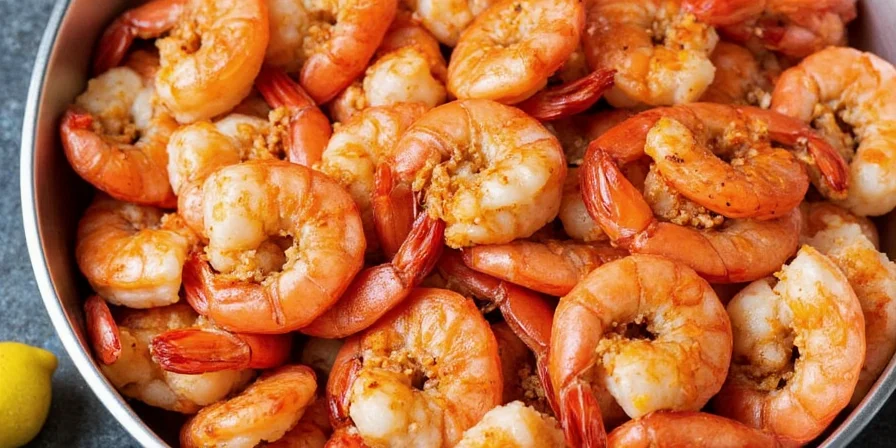
How the World Has Made It Their Own
As with any iconic dish, Spanish shrimp has been embraced and reimagined globally. Here are some interesting adaptations:
| Region | Twist | Notable Change |
|---|---|---|
| Mexico | Gambas al Mojo de Ajo Mexicano | Uses fresh lime and cilantro |
| Thailand | Pad Thai Meets Shrimp | Infused with lemongrass and Thai chili |
| USA | Cajun Spanish Shrimp Skillet | Added cayenne, black pepper, and Creole seasoning |
| Japan | Spanish Shrimp Ramen | Light soy-based broth with paprika oil drizzle |
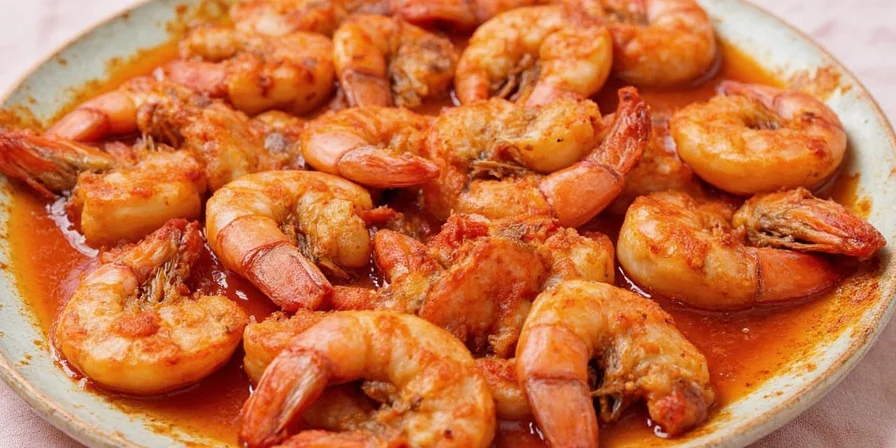
Is It Healthy? Oh Yes!
Shrimp is naturally low in calories and high in protein. When prepared the Spanish way—with minimal ingredients and healthy fats like olive oil—it becomes a powerhouse of nutrition.
- High in Omega-3s: Great for heart and brain health.
- Low in carbs: Perfect for keto or paleo diets.
- Rich in antioxidants: Thanks to garlic and spices.
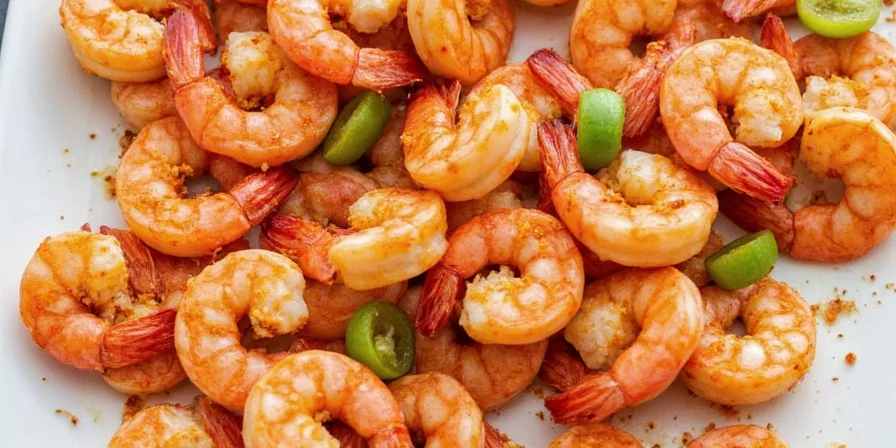
Pairing Suggestions That'll Blow Your Socks Off
Here are some perfect companions for your Spanish shrimp feast:
- Crusty baguette – For soaking up all that golden oil.
- Manzanilla sherry – A crisp, dry wine that balances richness.
- Saffron rice – Adds texture and a Spanish flair.
- Charred lemon wedges – A smoky citrus kick.
- Simple green salad – Light and refreshing contrast.
Common Mistakes (and How to Avoid Them)
Even seasoned cooks can make blunders. Here are the most common ones:
| Mistake | Why It's Bad | Fix It By... |
|---|---|---|
| Burning the garlic | Leads to bitterness | Cook garlic on medium heat and watch closely |
| Adding paprika too early | Can become bitter and lose flavor | Add once garlic starts to soften |
| Overcooking shrimp | Texture turns rubbery | Cook only until they turn pink and curl |
Cooking Methods: Pan vs. Grill vs. Skillet Showdown
Each method gives a different vibe to your Spanish shrimp:
| Method | Pros | Cons |
|---|---|---|
| Stovetop Pan | Easiest to control heat, best for oils and sauces | Limited char |
| Cast Iron Skillet | Great sear, holds heat well | Requires preheating, can be heavy |
| Grill | Smoky, charred flavor | Trickier to avoid overcooking |
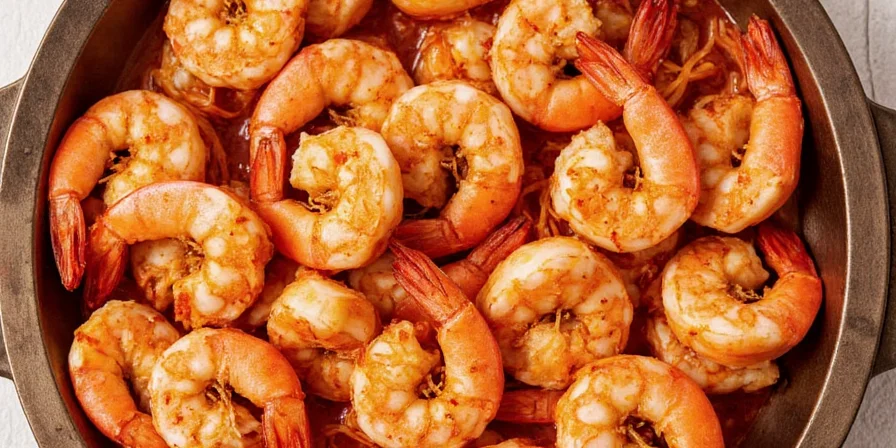
A Bit of History Behind the Dish
Believe it or not, Spanish shrimp didn't always look like what we eat today. Originally, it was a fishermen’s dish—simple, quick, and made with whatever was on hand. Over time, the addition of paprika, introduced from the Americas in the 16th century, transformed it into the vibrant dish we now associate with Spanish cuisine.
“Gambas al Pil-Pil” actually got its name from the sound of the bubbling emulsion of oil and garlic—“pil-pil.” Now that’s a history lesson with a soundtrack!

FAQ: Got Questions? We've Got Answers!
Can I use frozen shrimp?
Yes! Just thaw them completely and pat dry before cooking.
Can I make this vegan?
Swap shrimp for mushrooms or cauliflower and adjust seasoning accordingly.
Is there a substitute for smoked paprika?
You can use sweet paprika, but add a bit of smoked salt to mimic the depth.
How spicy is it?
Traditionally mild, but feel free to crank up the heat with more chili flakes.
Can I store leftovers?
Best eaten fresh, but you can refrigerate for 1–2 days. Reheat gently.
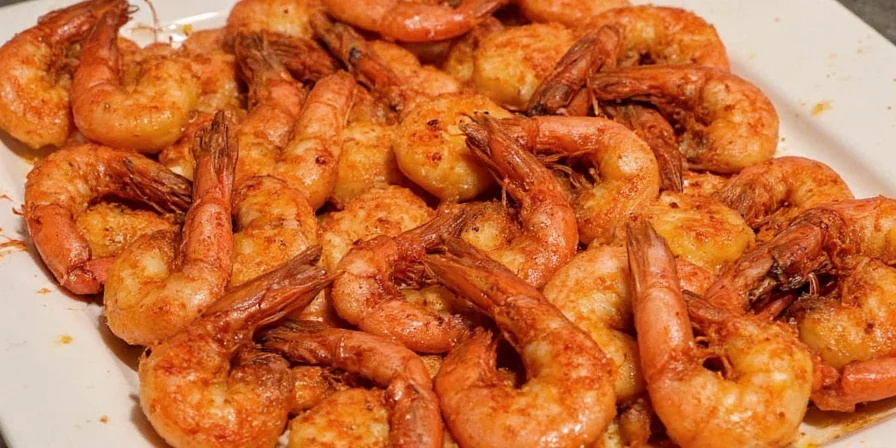
Conclusion: Ready to Spice It Up?
Spanish shrimp isn’t just a dish—it’s a celebration of simplicity and boldness. From the first sizzle in the pan to the last drop of oil soaked up by warm bread, every bite tells a story of tradition, adaptation, and passion.
Whether you’re hosting a dinner party or just spicing up your Tuesday night, this dish deserves a spot in your culinary repertoire. So grab those shrimp, dust off that paprika, and let the magic begin.
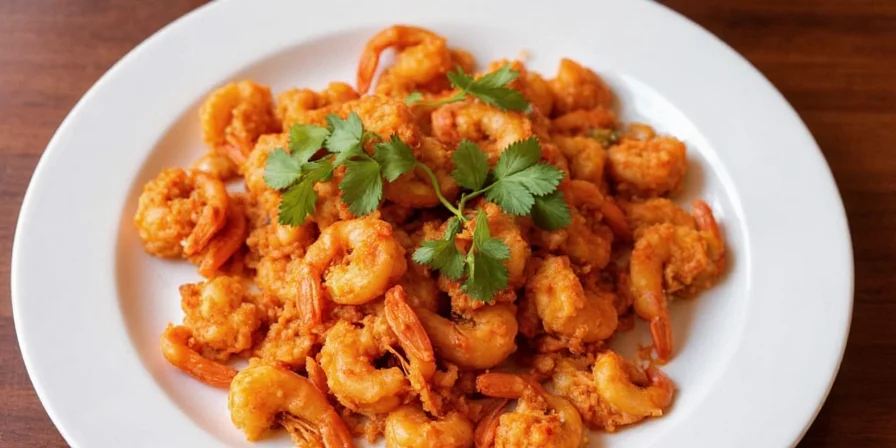
Now go forth—and let your kitchen smell like Spain!

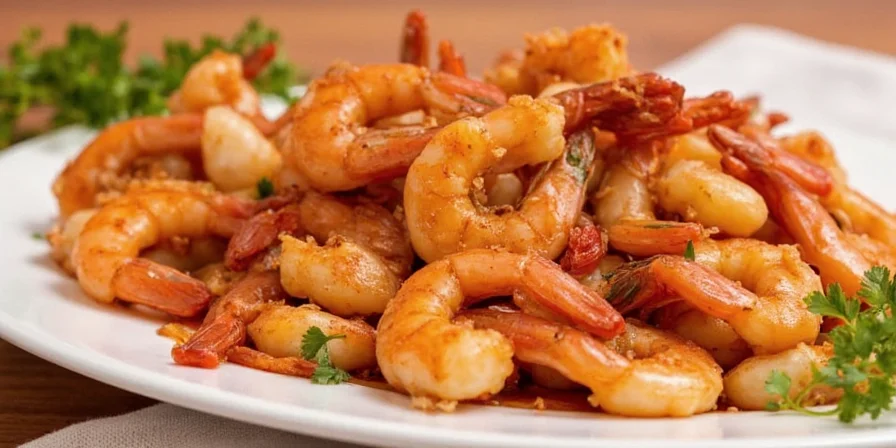









 浙公网安备
33010002000092号
浙公网安备
33010002000092号 浙B2-20120091-4
浙B2-20120091-4